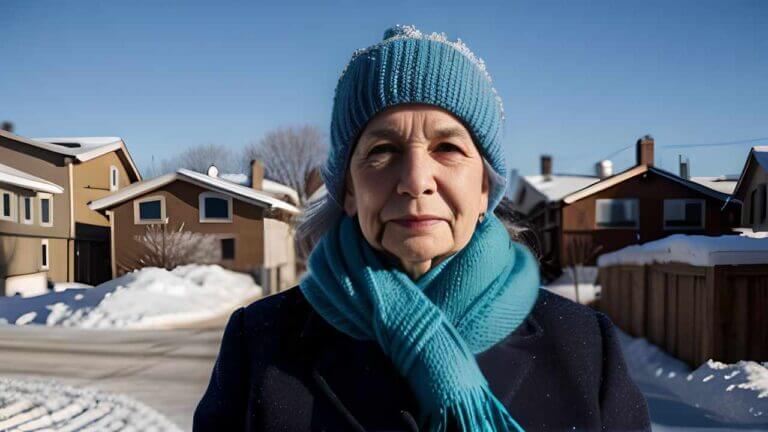How To Take Care Of Skin After Quitting Smoking
As seen with any change, quitting smoking can be tough at first. Your skin is one of your most important protective layers, so trying to manage it while you are still struggling with cigarettes can pose a challenge.
The best way to care for smokers’ skin after they quit is by avoiding the use of tobacco products. That means no cigarette or cigar smoke, nor chewing or drinking nicotine-containing beverages (like coffee or tea).
Also, make sure to avoid using topical medications that contain nicotine for up to two months since some cannot be used during this time due to potential exposure issues. And don’t apply alcohol-based products directly onto dry skin as this could cause skin irritation.
Instead, use fragrance-free moisturizers to keep skin hydrated and protect it from external factors. For more specific recommendations, we will discuss various conditions associated with smoking in another article. But overall, keeping skin healthy and out of the way is the best approach until you feel comfortable applying products directly onto your skin.
!Warning! Due to the risk of severe health problems caused by secondhand smoke, making attempts to give up smoking is very important. However, protecting your skin right now may be difficult because of the lingering effects of nicotine on your body.
Use a sunscreen
Unfortunately, smoking can have some serious effects on your skin, including increased risk of cancer and dry, wrinkled or even burnished skin.
Smoking also decreases blood flow, which makes it more difficult for your skin to receive enough oxygen and nutrients to function properly. This can result in poor quality skin and slow healing.
If you are trying to quit smoking, making sure your skin is as healthy as possible is important. Sun protection factor (SPF) is very important when talking about sunscreens before they contain antioxidant vitamins A and C.
An SPF of at least 30 is needed to protect effectively against UV damage. You want to make sure that you do not go through a period of time without using adequate sun protection.
Surprisingly, most people begin quitting smoking right after work, so there is no extra time to spend protecting themselves from the sun. Make sure to be prepared by buying an appropriate amount prior to giving up cigarettes.
Wash your face gently
Your skin can become very dry and sensitive after quitting smoking, even if you’re using moisturizer consistently. This is totally normal!
Many people find that it takes up to six months for their skin to return to its original state, so don’t worry about that right now.
Instead, try washing your skin only with warm water and a soft washcloth. Make sure to avoid using alcohol or heavy cream as these could strip the moisture from your skin.
Don’t rub your skin too hard — this can cause more discomfort than help.
Use a toner
While not smoking, your skin will want some help relaxing and healing. Using a toner is one of the best things you can do for dry, irritated skin.
A good toner will have at least two main components– alcohol or ethanol as the first part and either water or distilled water as the second. The alcohol helps strip away leftover tobacco products such as nicotine and tar from your skin, while the water works to rehydrate it!
Your skin may also need additional nutrients to heal properly so try using those in a toner as well! Nutrient rich masks are great ways to give your skin what it needs. Some of the most common additives include vitamins A, C, and E, zinc, cocoa powder, and fresh fruits like berries or strawberries.
Avoid using too much vitamin A as it could cause your skin to become overly sensitive and dry. Avoid using too many antioxidants as they could potentially hurt dried out skin.
Use a moisturizer
It is very important to use a good quality, non-smoking grade moisturizer after you have quit smoking. Your skin can become dry and it will not retain as much moisture as normal.
Many people begin using their best moisturizer right away but then what do they put on top of it? If your hair is thin or even lost due to smoke exposure, rubbing in additional products may make your skin more vulnerable to irritants or worse, holes in coverage.
Try using a lighter layer of product for one week and see how your skin fares before investing in a heavier amount.
Do a skincare routine
Starting today, you can begin incorporating into your daily life activity number 2! Doing a skincare routine comes next in our list of good habits for smoking cessation. Many people start doing this as they give up smoking, but most drop it soon because there is no guidance on how to do it.
Luckily, we have some tips here for you!
You will want to make sure that your skin is well-hydrated before starting any new products. Use a moisturizing cream or gel every morning until you get the hang of it. This will help keep your skin soft and lighted for the rest of the day!
After cleansing your face, apply a thin layer of sunscreen of at least SPF 30 to prevent sunburns and dryness. You should also use a toner that does not contain alcohol to avoid drying out the skin even more.
Tell your doctor about your plans to quit smoking
Your skin is one of the most important layers of your body! If you smoke, then it can become very dry and thinned out. This may be due to lost moisture in the air that you breathe when you smoke, as well as other factors like lower blood circulation caused by nicotine.
Also, some people develop smoker’s cough — which isn’t really bad except that it sometimes moves into your skin or comes off in little flakes. Both these conditions are uncomfortable for someone who has otherwise healthy skin.
Fortunately, there are ways to care for the skin after quitting smoking. Here are some tips for protecting your skin and getting back its natural softness.
Limit your exercise
When you’re no longer smoking, limiting your activity can be tricky. It is important to understand that your skin will still suffer due to the cessation of nicotine. Your hair will also show signs of loss which many people find annoying or unattractive.
Making sure your skin is as healthy as possible is an excellent way to avoid more serious health issues. This article will talk about some things you can do to take care of your skin after quitting smoking.
Limiting your activity for a few weeks is usually enough time to get rid of most symptoms. In fact, the vast majority of people who successfully quit smoking notice a slow improvement within their own skin.
There are several reasons why limiting your activity is a good idea. First, it helps your body recover from the harmful effects of smoking including changes in the blood chemistry and fluid balance. Second, staying active may help you feel happier, even if you’re not actively doing anything else.
This article will discuss some easy ways to limit your activity while you are trying to fix your smoke-related skin problems.
Eat your greens
The next step in improving your skin health is eating more vegetables. Broccoli, spinach, kale, and cucumber are all great additions to your diet.
They all contain many vitamins such as A, B, C, and D. Vitamin A helps keep your skin dry by acting like natural moisturizer.
You can also add some green tea to your daily drink- it’s a good source of antioxidants!
But remember, too much vitamin A may cause problems for people who are overweight or have very active lifestyles. Check with your doctor before adding any supplements to your routine.
Blog post: How to Take Care of Hair after Quitting smoking
Bullet point: Use the right shampoo and conditioner
Avoid products that contain alcohol, artificial colors or flavors, silicon, lye (the ingredient in soap making), ammonia, coal tar, parabens, phthalates, and sulfites. These all affect hair quality negatively.
If you’re still using a product that contains one of these, try looking for a brand less well known so you won’t know how others are taking care of their hair.


